The Best 3D Scanning Apps for Your Smartphone
Have you ever wanted to turn that action figure you have on your desktop or that souvenir you got from a trip into a 3D model on your computer? A few years ago, the only way you can do that was to use some sophisticated 3D scanner that either uses lasers, complex optics, or an articulating arm to measure the dimensions of any real object and transform them into point clouds. Nowadays, all of those complex operations can be done through your smartphone.
In this list, we take a look at the best 3D scanning apps that you can download to your phone right now. Some are free, some only work with either iOS or Android – whichever type of smartphone you have, there’s sure to be one app that suits you.
What to consider in a 3D scanning app
1. Operating system
The Apple community seems to have more users and developers that are more interested in 3D technologies, resulting in quite a lot of Apple-exclusive 3D scanning apps. This does not mean that Android users will be excluded from the fun. If you’re a loyal Android user, we’ve got a couple of cool stuff for you as well.
2. Price
This might come as a disappointment to you, but you’re going to be really hard-pressed to find a 3D scanning app that you can use for free, especially if you’re looking for ones that produce good results. The good news is that these 3D scanning apps cost just about as much as any standard app on the marketplace. You can download a good app for the cost of a sandwich or a small cup of coffee, which is not a bad tradeoff in our opinion.
3. Ease of use
Depending on where you intend to use the models that you generate, you might not want to spend too much time learning the app. A hallmark of a well-developed app is that it should only take a few minutes for a new user to get a good grasp of how it works.
4. Quality of results
Of course, there’s no point using a 3D scanning app that produces an inaccurate model or one that doesn’t look good. It doesn’t matter if an app is cheap or if it’s hard to use. At the end of the day, what matters most is that the work we put in is translated into high-quality results.
The top 5 best 3D scanning apps for your smartphone
1. TRNIO
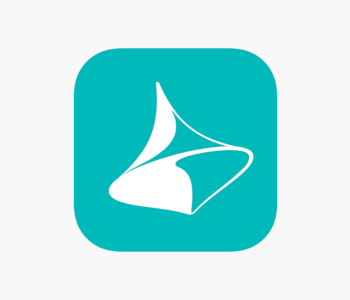
This Apple-based photogrammetry app used to be free, had a price increase to 99 cents, and now has been bumped up even further to $2.99. Still, we see no reason to complain as every price increase came with an upgrade of features, which has led to TRNIO being one of the top phone-based photogrammetry apps today. For such a convenient and user-friendly app, the $2.99 is still a steal.
TRNIO starts you off with an assisted photo capture mode that shoots up to 70 photos in burst mode while directing you where to move and point your camera. You also have the option of importing photos from your Camera Roll or another computer via an upload link that can be sent by email. The photos you have captured are then uploaded to a cloud server where all the processing happens.
When the cloud server sends you a preview, you are then given the option to crop unnecessary details. The app will almost certainly capture artifacts from your environment, which you’ll have to delete manually. Once you’re satisfied with the preview, you can tell the app to proceed with high-resolution modeling.
As long as you’ve captured good, well-lit photos, the quality of the resulting 3D model is usually impeccable. The dimensions are accurate, there is no warping of features, and even subtle textures are reproduced. The sharpness of the details will probably vary based on the quality of the camera on your phone, though, so it’s unfair to evaluate the app based on that criteria.
A unique feature of TRNIO is its integrated social features. TRNIO has its very own social network where users can share and comment on the works that they have done. You can also generate a share link via TRNIO and send them to people. The link opens up a browser-based navigator that will let all your friends play around with the model that you have created.
Overall, TRNIO is proof that you don’t need a sophisticated depth sensor to come up with a nice-looking 3D model from real-world objects. The fact that you can all those things using an app that costs $2.99 never ceases to blow our minds.
2. SCANN3D
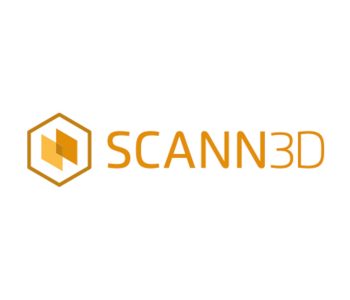
From the top entry of the Apple OS, let’s move on the other side and look at what the Android OS has to offer. Right now, the most prominent Android app for 3D scanning is SCANN3D, a free-to-download app that offers several subscription plans. The subscription-based pricing might already be a turnoff for some. After all, we’re used to paying for apps with a one-time fee. However, SCANN3D has a couple of things going for it which might justify the regular payments.
Just like TRNIO, SCANN3D has a guided photo capture mode that helps direct you to which angle you should take pictures from. It does not use the burst mode of your camera – instead, you have to take photos manually when all the indicators in the camera turn green. The app also doesn’t tell you when you’ve captured enough photos, so you’ll just have to eyeball it.
In contrast to TRNIO, all the modeling of SCANN3D happens locally. This does eliminate the time needed to upload photos and to download the model, but the processing phase may take pretty long if you’re using an old phone. It’s also a very resource-intensive process which will almost certainly drain your battery. This feature may be advantageous, but only for users who have newer and more powerful phones.
The app offers three quality options for the modeling process: Basic, High, and Ultra. Naturally, a higher quality model takes more time to process and will also drain your phone’s battery more. The quality in Ultra mode is pretty amazing, though. The details and textures are sharp, and the dimensional accuracy of the model is very close to the real thing. The same cannot be said of the Basic and High modes, as they tend to make distortions more pronounced.
The SCANN3D app offers no cropping or manual editing capabilities. If you want to clean up your model, you will have to export it as an STL or OBJ file and edit it using a desktop-based software. This makes for an unnecessarily long workflow, especially if you’re just making 3D models for quick sharing.
Although the quality and ease of use of SCANN3D rank it among the best, the subscription-based pricing is its biggest downfall. Unlike the affordable TRNIO, we find it hard to believe that anyone will download and try SCANN3D for fun. We think that this greatly reduces the market potential of an otherwise great app.
3. Qlone
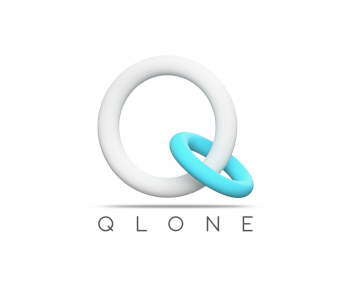
Qlone is another great 3D scanning app that can be used in both Apple and Android devices, although it is a bit choosy on the phone models it is compatible with. The good news is that the app is free to download and use, so you can test its compatibility with your phone without having to spend anything. The bad news is that the use of the app isn’t completely free.
Qlone’s implementation of image capture is a bit different because it relies on an “AR Mat,” a black and white grid that you can download from their website and print at home. The object you want to scan will have to be placed on top of the AR Mat, and the app uses the patterns of the AR Mat to direct you through the image capture phase.
All processing is done locally, which can take a few minutes depending on how powerful your phone is. Qlone has a pretty comprehensive editing tool that allows you to retouch and clean up your model. You can take photos and make GIFs of your model and share them to your usual social networks.
Unfortunately, the free features of Qlone end there. If you want to export your model as an STL or OBJ file so you can do some real work with it, you’re going to have to pay. You can signup with a one-time plan that offers unlimited exports. This pricing scheme works for us. Hobbyist and curious users can try it out for free, while enterprise users who need to clean up their models can pay.
A major criticism of Qlone is that its image capture process isn’t foolproof. The app generates a half-drome with the AR Mat at its base, which it uses to assess the degree of coverage of the object being scanned. Unfortunately, this dome approach tends to result in a lot of models, especially smaller ones, getting distorted. While this isn’t always the case, you can expect to spend a lot more time with Qlone before you can get a perfectly good 3D model.
4. Sony 3D Creator
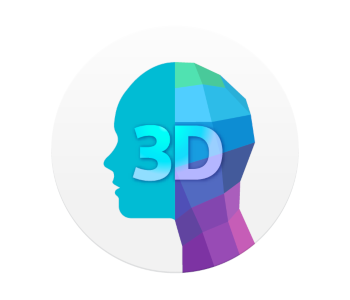
A tech giant like Sony isn’t one to get left behind when a trend like 3D scanning hits. The Sony 3D Creator app is Sony’s entry into this burgeoning field, and it came pre-installed on the Xperia XZ1. Of course, a huge limitation of this app is that you can only use it on Sony Xperia phones, which is a shame because the app is not bad.
The main drive for the development of the Sony 3D Creator is for users to scan their own faces and make 3D models of their own heads. This was a peculiar direction to make, given how other 3D scanning apps lean on a more professional angle. Still, it was a marketable gimmick that got people talking about the app.
The app has five self-explanatory modes: Selfie, Face Scan, Head Scan, Food Scan, and Freeform Scan. As you can guess, the Face Scan and Head Scan modes are the most heavily used. Scanning someone’s face is incredibly fun and is made easy with onscreen indicators that turn green when it’s time to take a new photo.
Unfortunately, the results of the face-scanning feature are inconsistent at best. The app seems to struggle with identifying boundaries between features, resulting in facial features blending into each other or just disappearing completely.
The other modes, Food Scan and Freeform Scan, are meant to be used on inanimate objects and seem to perform much better. Perhaps this is just an effect of the fact that inanimate objects have a better contrast with their surroundings compared to the features on someone’s face.
The Sony 3D Creator app is a fun little app for creating digital avatars of real people and playing around with facial models. However, we find it hard to imagine any 3D design professional seriously considering using the Sony 3D Creator to come up with high-fidelity 3D models.
5. Scandy Pro

Back at the realm of Apple-exclusive apps, our last recommendation is Scandy Pro, an app that was specifically designed for the iPhone X line. This is a pretty big limitation, but Android users can also use the older Scandy version.
Scandy Pro greatly simplifies the modeling step by creating the model real-time as you take the photos. Not only does this significantly shorten the process, but it’s also a very useful gauge for you to know if you’ve captured enough photos or if there are angles with poor resolution. The preview that the app shows you as you capture the photos is the actual model – no shortcuts taken.
Since the first version of Scandy Pro, their editing tool has been greatly upgraded to allow you to retouch, smooth, or crop your model. Once you’re happy with your model, you can export it as STL, OBJ, or PLY files for more refined editing.
Take note that although the app is free to download and use, you’ll have to pay a subscription fee to be able to save your models. The free-to-use function is great for users who just want to have fun with 3D modeling. On the other hand, the quality of output of Scandy Pro looks good enough for professional use, which is more than enough to justify paying for the subscription.
Final thoughts
3D scanning apps have been around for so long that many of the pioneer apps in the field have now become discontinued. However, the current generation of 3D scanning apps is just downright impressive. The fact that we can produce all these high-quality models using just our smartphones with no extra hardware is already mind-blowing. This is something that we would not have believed possible a couple of years ago.
As you may have noticed from the list, some of the apps may be free to download and use, but you will have to pay to access their more advanced functions. This seems fair for the developers, as these 3D scanning apps will probably be used for commercial applications anyway. Do you have a model that you’ve captured using your smartphone? We would love to see it! Drop us a line in the comments section.

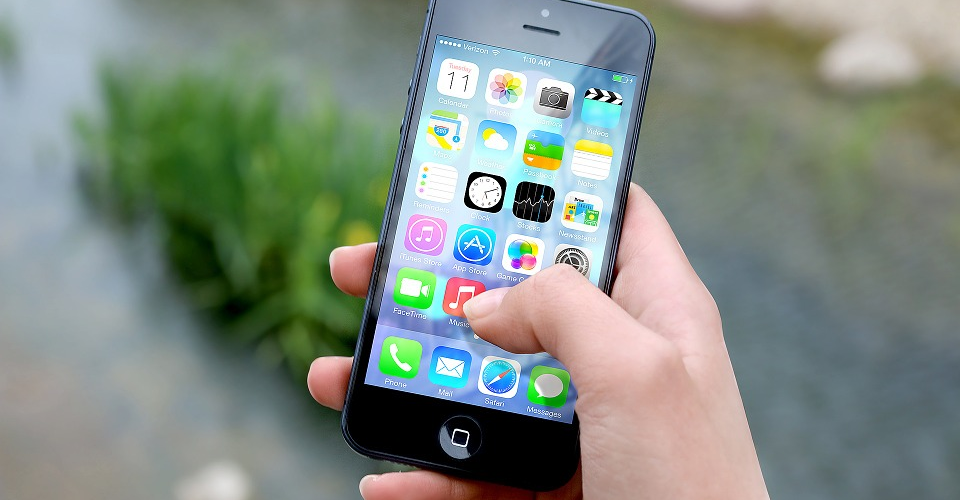

The information about Qlone is not accurate. Qlone does not offer a monthly subscription. It has a ONE TIME PURCHASE of unlimited exports.
Please correct the info.
Best,
Ran
All without using Time-of-Flight cameras in smartphones like Samsung Galayx Note10+?